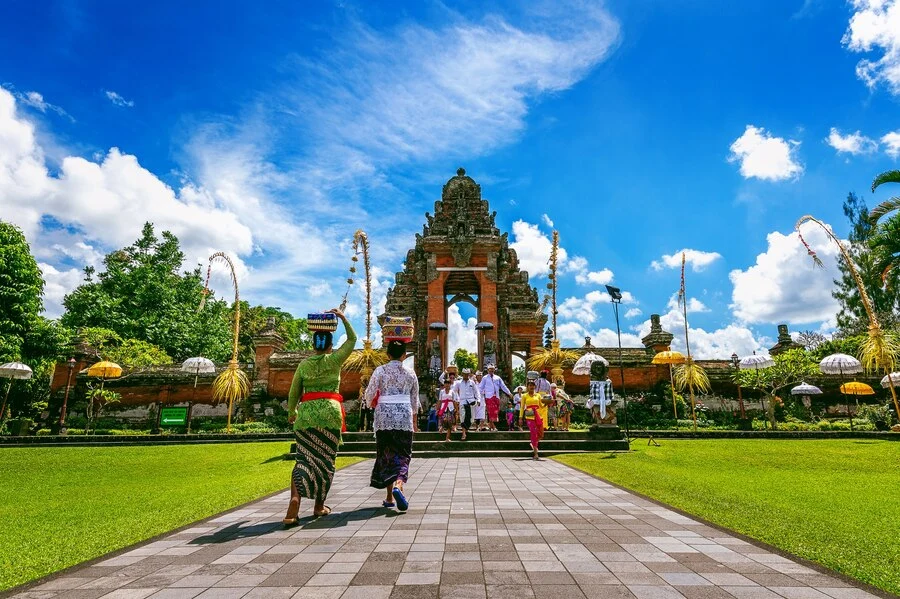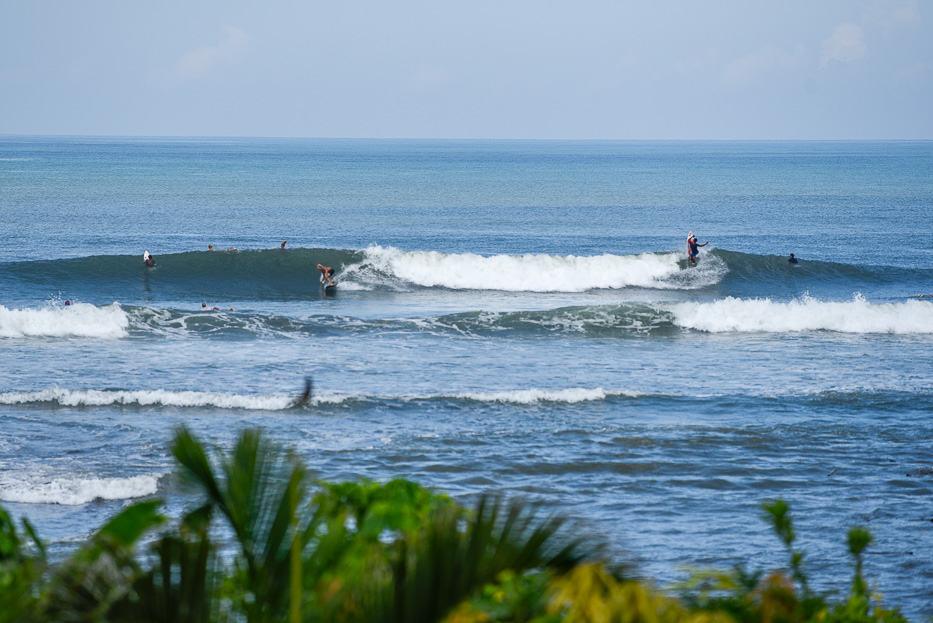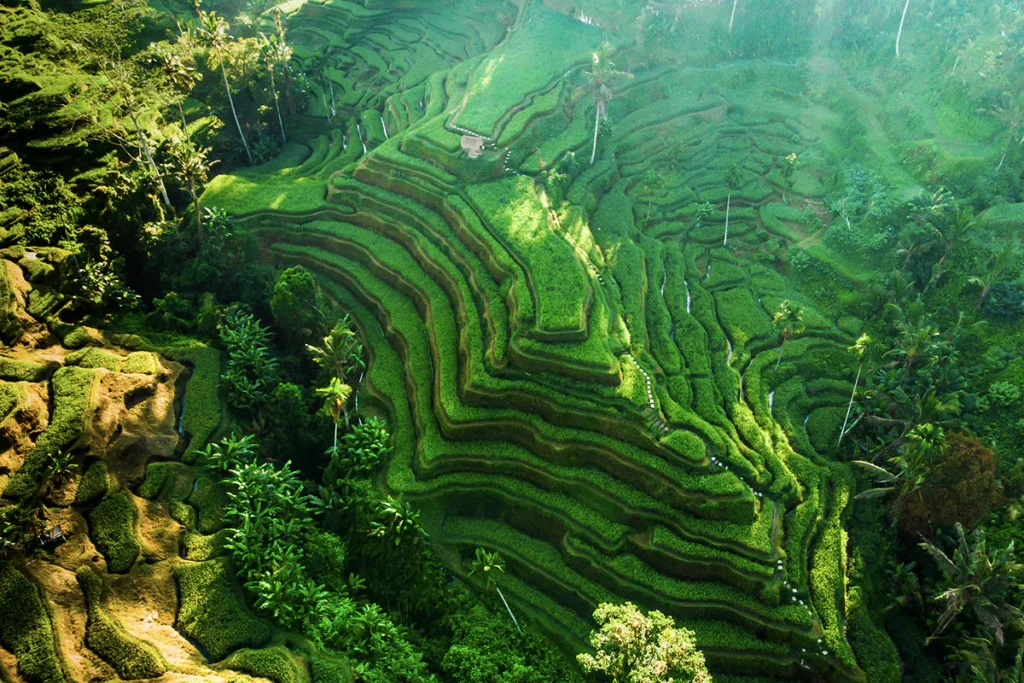East Bali is a region of dramatic beauty, where sacred volcanoes rise above lush valleys, ancient temples echo with history, and tranquil water palaces showcase the artistry of Balinese architecture. It’s a place where nature and culture seamlessly intertwine, offering travelers a quieter, less-touristy side of the island. With awe-inspiring landscapes and serene ambiance, East Bali is perfect for adventurers, cultural enthusiasts, and those seeking solitude.
Mount Agung: The Sacred Volcano
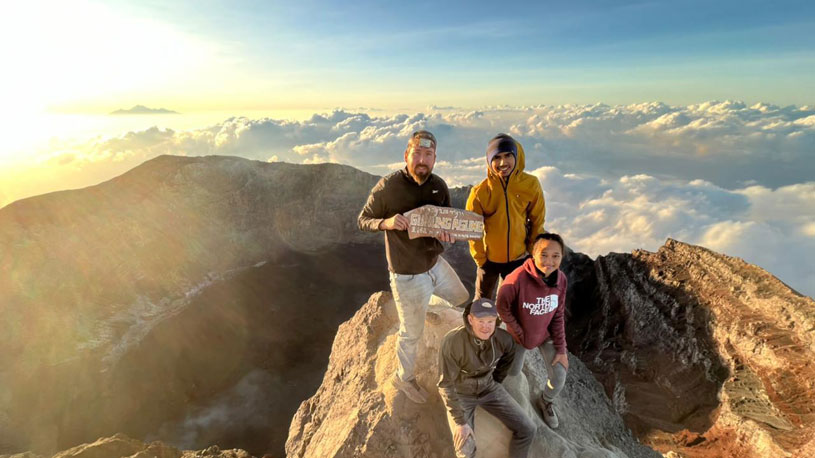
Mount Agung, Bali’s tallest and most sacred volcano, dominates East Bali’s skyline. Rising to 3,031 meters, this active volcano holds deep spiritual significance for the Balinese, who believe it is the home of the gods. Its presence is woven into the island’s religious practices, with numerous ceremonies held to honor its power and sanctity.
Trekkers are drawn to Mount Agung for its challenging sunrise hikes, which begin in the early hours and ascend steep paths through forests and volcanic terrain. The reward is a breathtaking panoramic view of Bali, neighboring islands, and the vast expanse of the Indian Ocean. For those less inclined to climb, Mount Agung’s majesty can also be admired from the surrounding countryside.
At the base of the mountain lies Besakih Temple, the largest and holiest temple complex in Bali. Known as the “Mother Temple,” it consists of over 80 individual temples spread across multiple terraces. Besakih’s intricate carvings, shrines, and stunning mountain backdrop make it a must-visit for anyone seeking to understand Bali’s spiritual heritage.
Tirta Gangga and Taman Ujung: The Water Palaces

East Bali is home to two royal water palaces that exemplify the elegance of Balinese architecture. Tirta Gangga, once a royal retreat, is a serene garden filled with spring-fed pools, ornate fountains, and lush greenery. Visitors can stroll along stone paths, feed the colorful koi fish in the ponds, or even take a refreshing dip in the cool waters of the swimming pools.
Just a short drive from Tirta Gangga is Taman Ujung Water Palace, a stunning complex surrounded by reflective pools and manicured gardens. Built as a retreat for the royal family, this site combines Balinese and European architectural styles, with picturesque pavilions, bridges, and staircases that create a fairy-tale setting. On a clear day, Mount Agung provides a dramatic backdrop, making it a favorite spot for photography.
Lempuyang Temple: The Gates of Heaven

The Gates of Heaven at Lempuyang Temple are one of Bali’s most iconic photo spots, drawing visitors from all over the world. This ancient temple, perched high on the slopes of Mount Lempuyang, offers breathtaking views of Mount Agung perfectly framed by its towering stone gates. The temple is part of a larger complex of seven temples, each reached by ascending steep staircases. While the climb can be physically demanding, the sense of tranquility and spiritual connection at the top makes it well worth the effort.
Diving and Snorkeling: Underwater Wonders
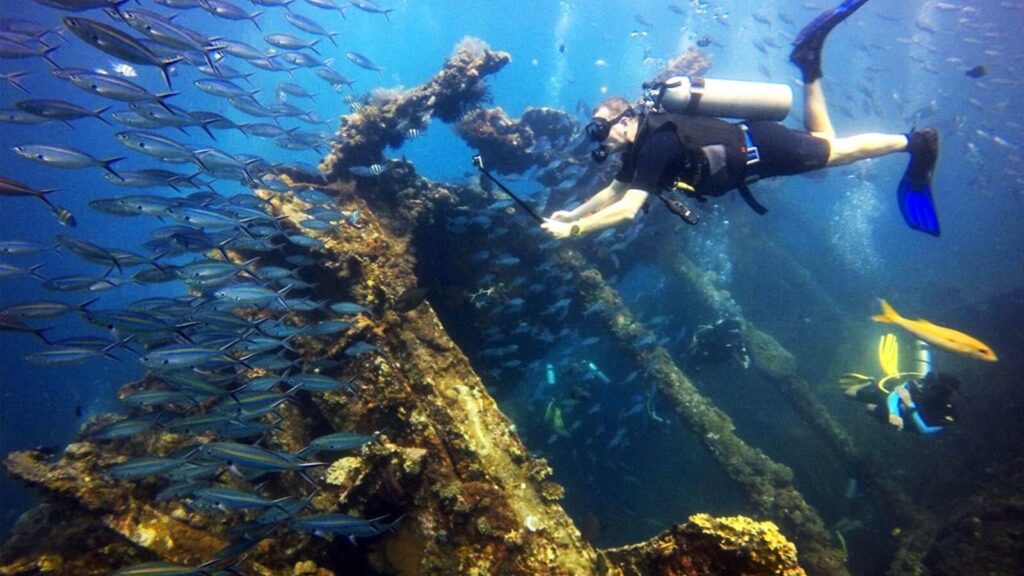
East Bali’s coastal villages of Amed and Tulamben are renowned for their vibrant underwater ecosystems. Tulamben is home to the USAT Liberty Shipwreck, a World War II cargo ship that now serves as an artificial reef teeming with marine life. Divers and snorkelers can explore the wreck’s coral-covered structure, encountering schools of tropical fish, turtles, and even reef sharks.
Amed, with its black sand beaches and clear waters, offers a more tranquil setting for underwater exploration. Shallow reefs just offshore are perfect for snorkeling, while dive sites reveal vibrant coral gardens and unique marine species. The laid-back atmosphere of Amed makes it an excellent base for relaxation and adventure.
Sidemen Valley: Tranquil Beauty
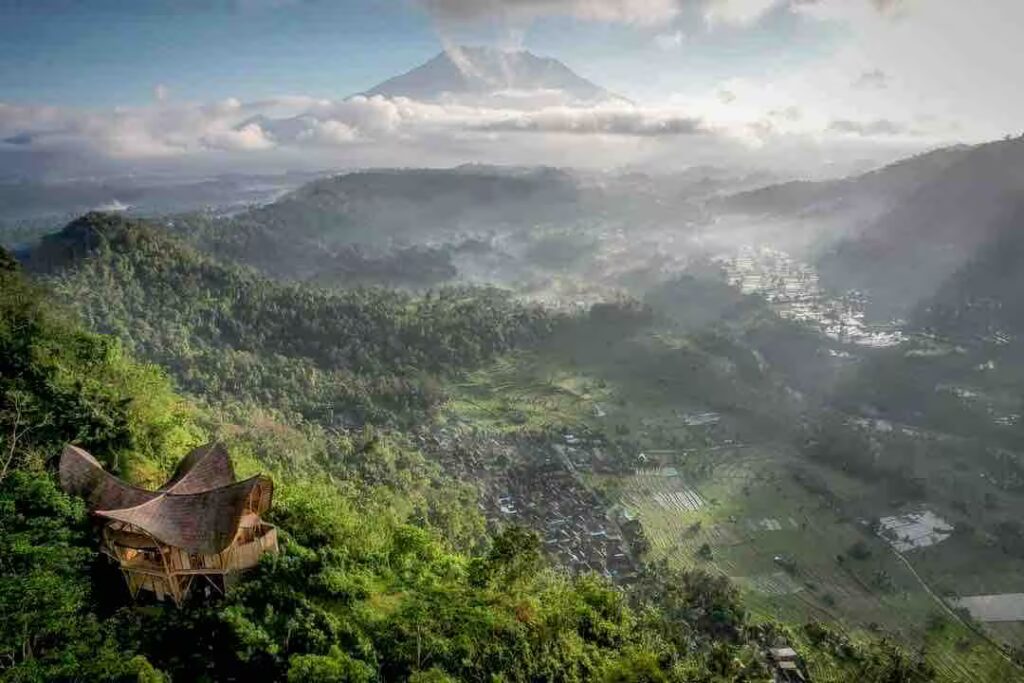
Tucked away in the foothills of Mount Agung, the Sidemen Valley is a hidden gem that offers a glimpse of Bali’s unspoiled countryside. This lush valley is a haven for those seeking peace and authenticity, with its terraced rice fields, rolling hills, and traditional villages. Trekking through the valley reveals stunning vistas and opportunities to connect with local farmers as they tend to their crops.
The Sidemen Valley is also a hub for cultural activities. Visitors can join cooking classes to learn traditional Balinese recipes, try their hand at weaving, or participate in yoga sessions surrounded by nature. Eco-lodges and boutique retreats in the area provide comfortable accommodations that blend seamlessly with the natural environment, offering an idyllic escape from the modern world.
Why Visit East Bali?
East Bali is a region of contrasts, where rugged volcanic landscapes meet serene water palaces and vibrant marine ecosystems. Whether hiking the sacred slopes of Mount Agung, exploring ancient temples, or diving into crystal-clear waters, East Bali offers experiences that connect travelers to the island’s natural and cultural wonders. Its quieter atmosphere and breathtaking scenery make it a must-visit destination for anyone looking to escape the crowds and discover Bali’s hidden treasures.
Would you like help planning a detailed itinerary for East Bali or recommendations for accommodations and guided tours? Let us know!
